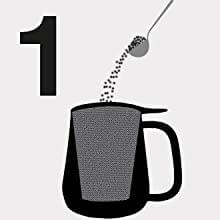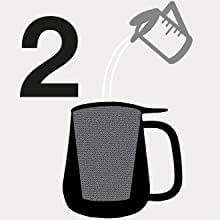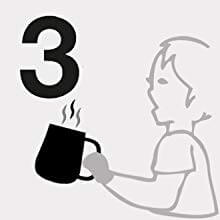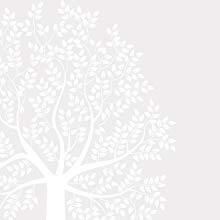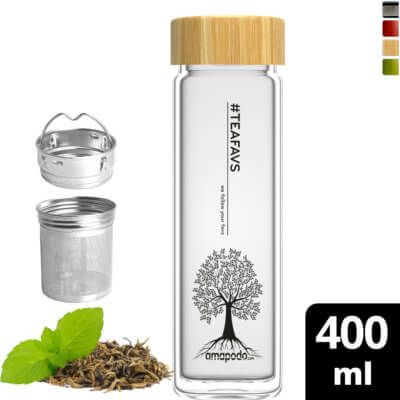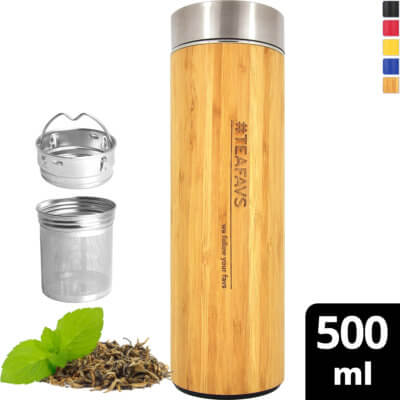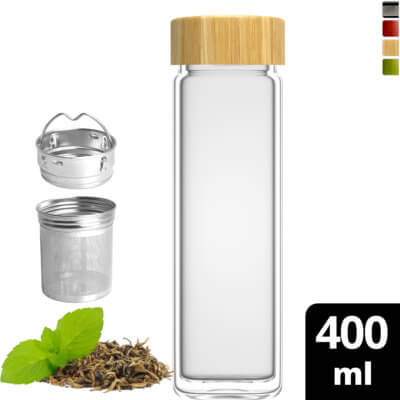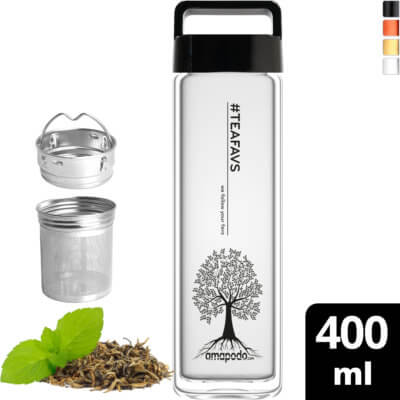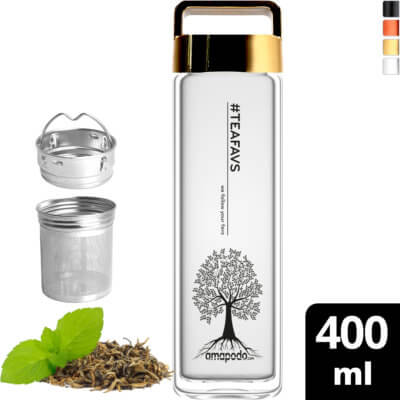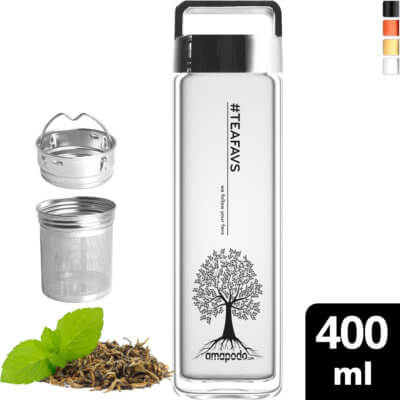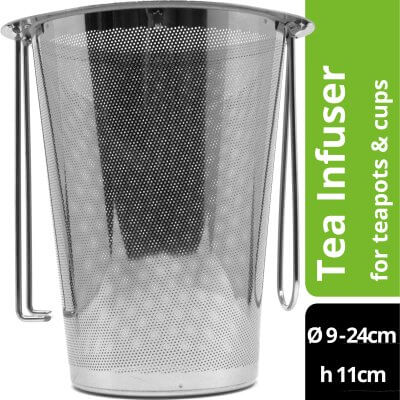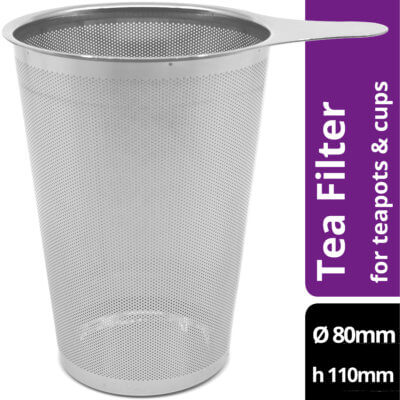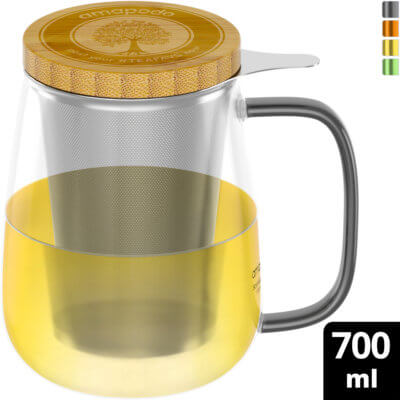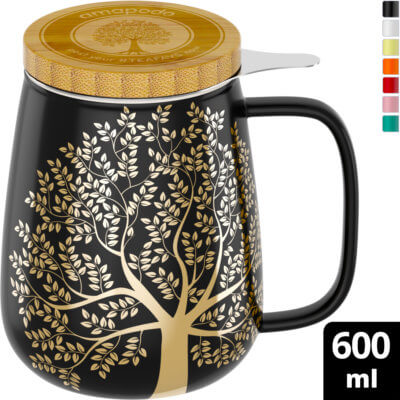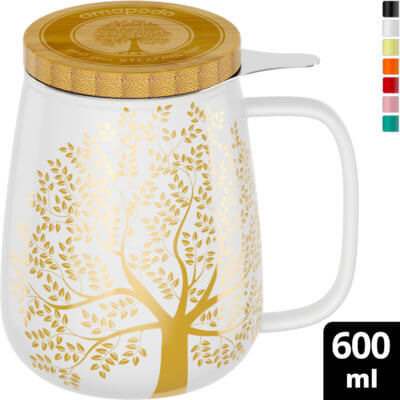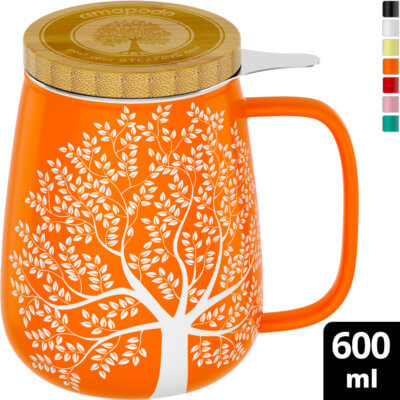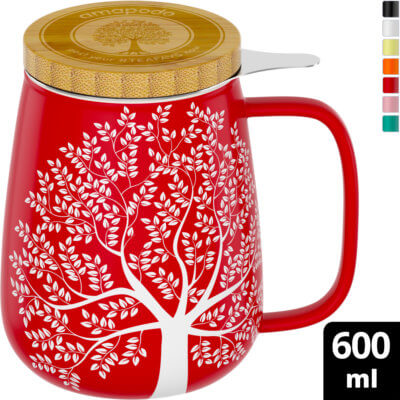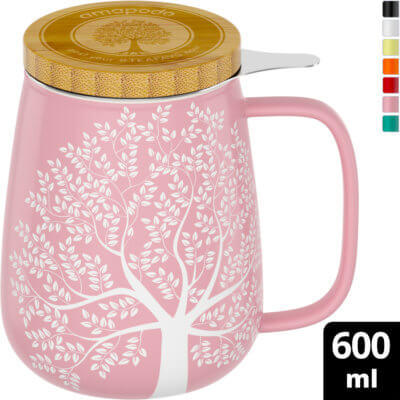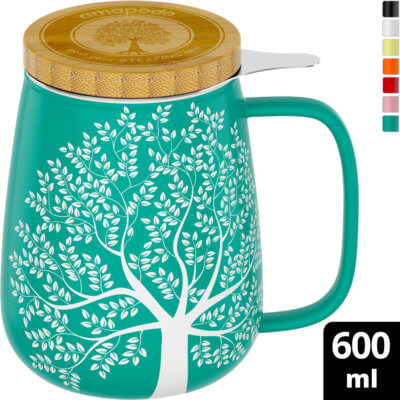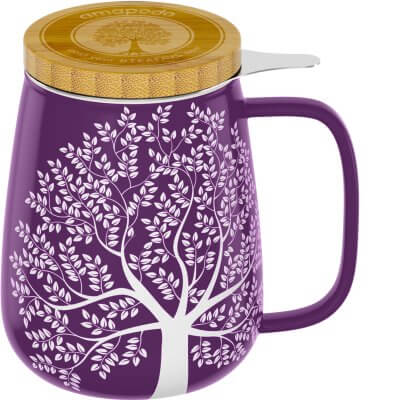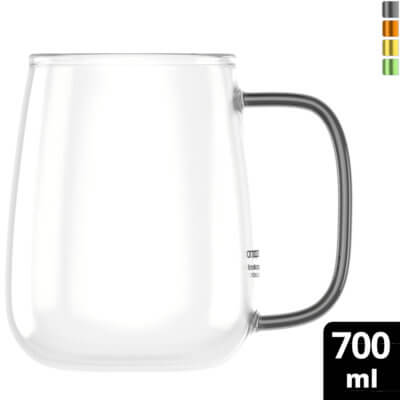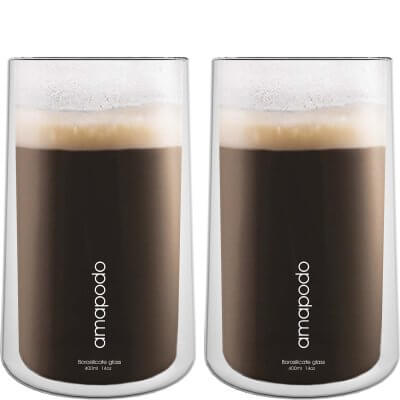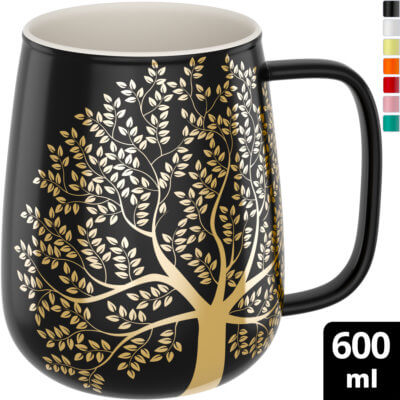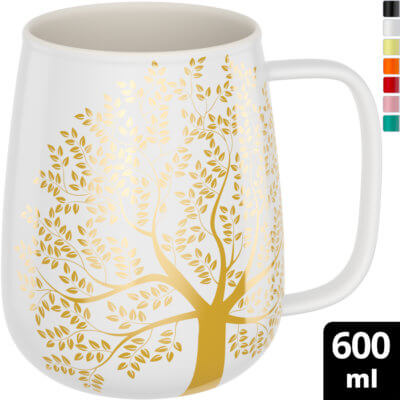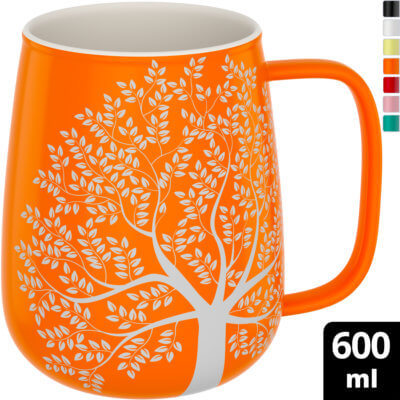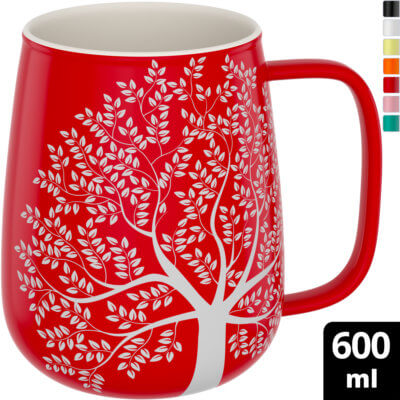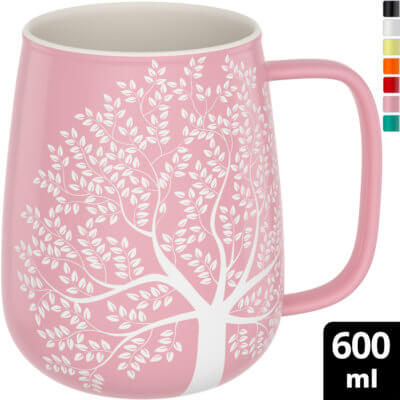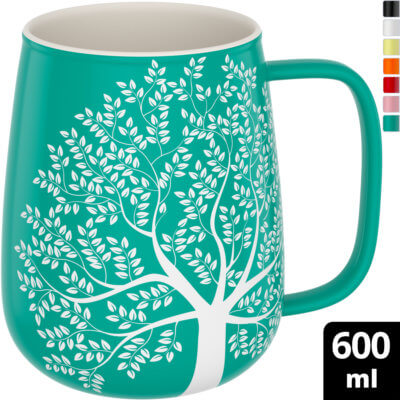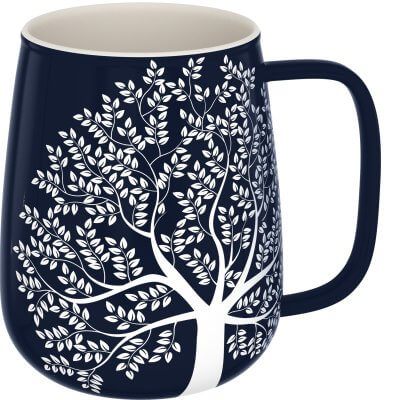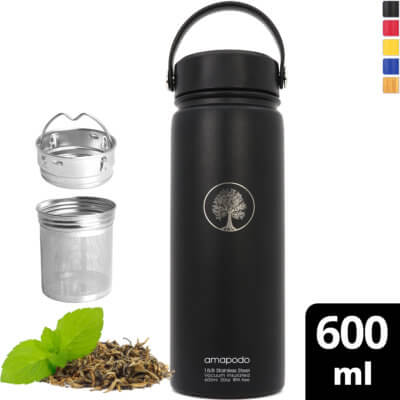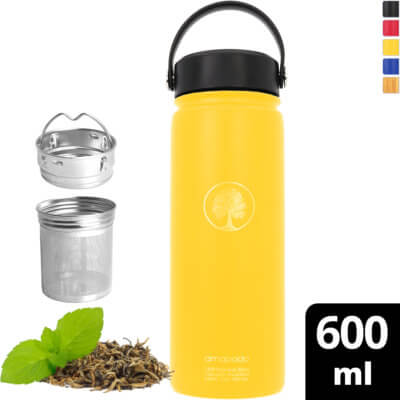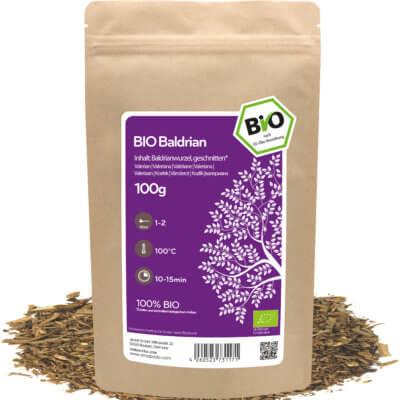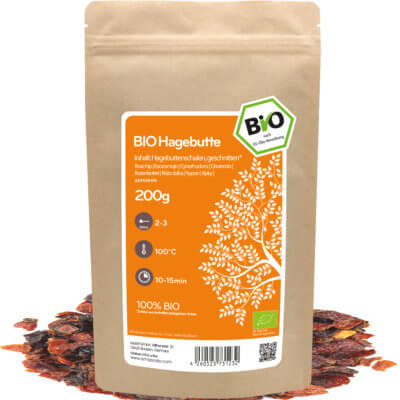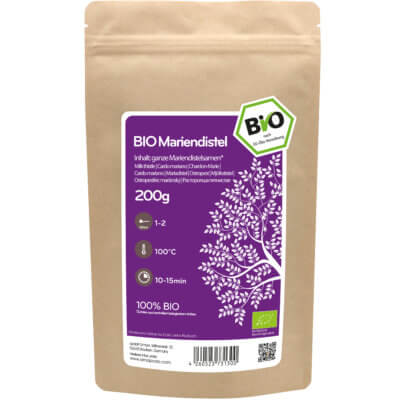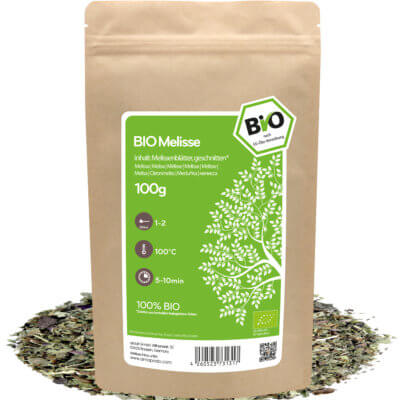The perfect tea cup – a science in itself
A little cup history: How the teacup got its name and lost it again
Passionate tea drinkers have long known that tea cups are not just tea cups. Depending on whether it contains health-promoting herbal tea, chilled fruit tea or aromatic East Frisian tea, it has its own design for perfect tea enjoyment.
Which object someone refers to when talking about a cup depends largely on its origin – because the term is used in very different ways in different regions. Originally he called a bowl or cups, as it is used for drinking tea in China. The word originates from the Arabic language and reached Italian port cities with the corresponding drink. Here it was initially still used for small, bowl-shaped vessels.
With the transition to the Alps, the term “cup” took on a new meaning, because other drinking utensils were already in use here: the so-called oats – straight shaped cups which protected the fingers from hot contents thanks to a handle. Therefore, the Italian “tazza” quickly became a “Tatzl” and henceforth designated a small plate or tray on which the drinking vessels found their place while serving. Even today you can order “cups” in Viennese inns and receive a set of coffee and water.
Different countries, different cups: The tea cup in everyday use
But not only Austrians and Southern Germans have their own name for cups. In other areas, too, the dishes have their own names. In northern Germany, a great representative of their kind is called a pot. Our Dutch neighbours, on the other hand, mean a whole can with this term. They call simple cups kop or – because Dutch tends to diminutive forms – kopje (small cups).
It is no coincidence that this word is reminiscent of the cup used in Great Britain, as the Dutch and English languages are closely related. However, only well-groomed British drink from a conventional tea cup. Many others prefer mugs – large, thick-walled mugs. They can be made of ceramic, stainless steel or glass and usually have an eye-catching design. This form of tea cup has its best known appearance in the office, where it often bears a motif typical of the work.
The tea cup as a design object
However, mugs are only one example of the great design variety of currently available tea cups. The range extends from the extra-thin, hand-painted porcelain model for connoisseurs to the robust stainless steel mug for outdoor enthusiasts. If you want to use your tea cup in the “coffee to go” style, you can choose from double-walled versions that keep their contents hot or cold for longer.
Last but not least, a specially designed tea cup is also a timeless gift. Vessels with integrated strainer and lid or a nice set of pot and tea cup are ideal for this purpose. Our product comparison offers something for every taste – and provides you with the right tea variety if you wish.







